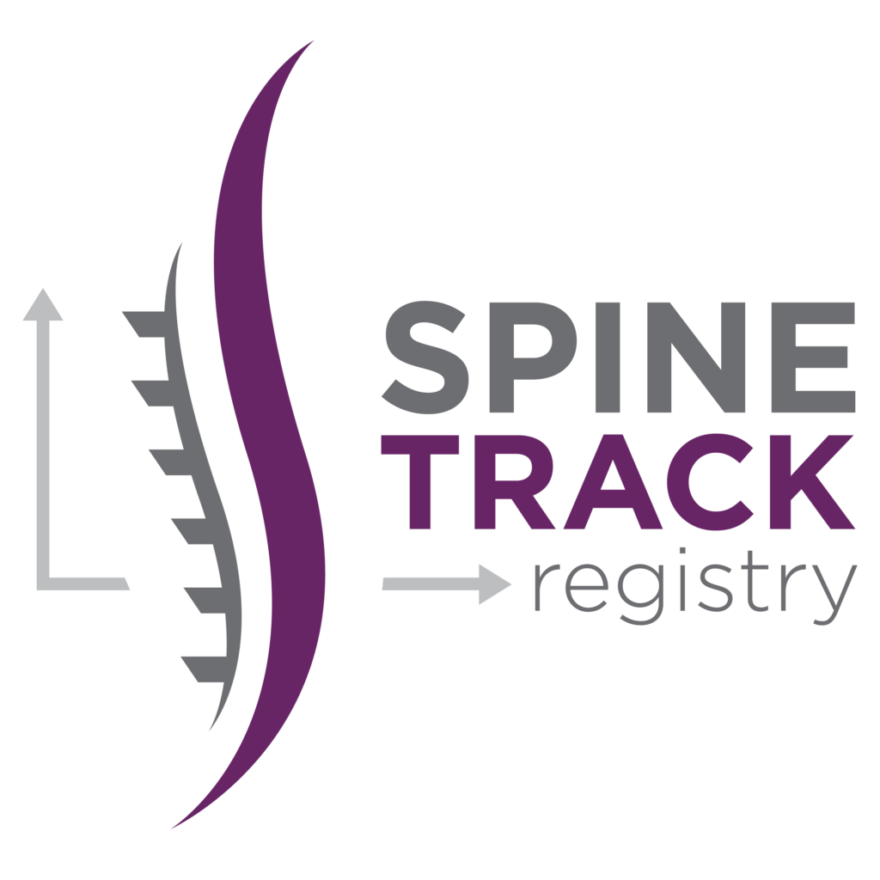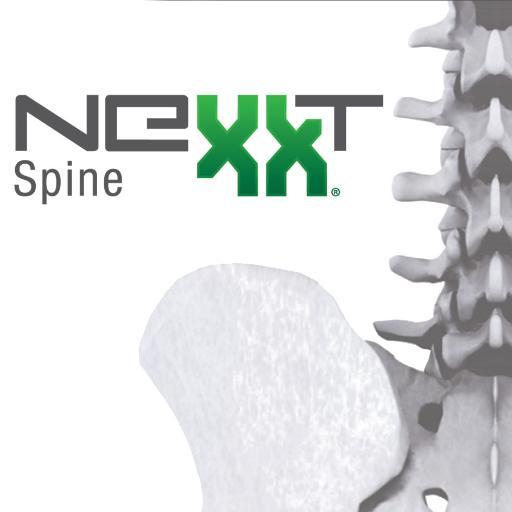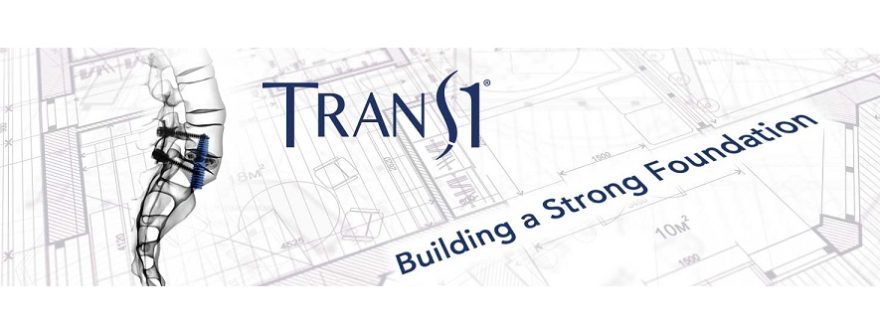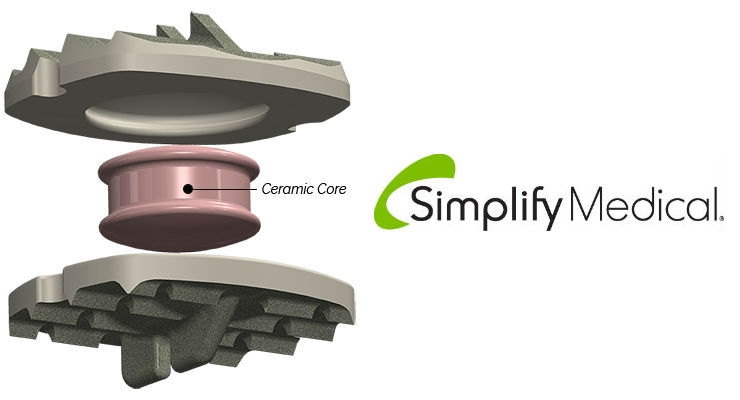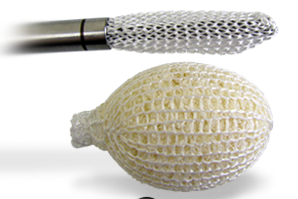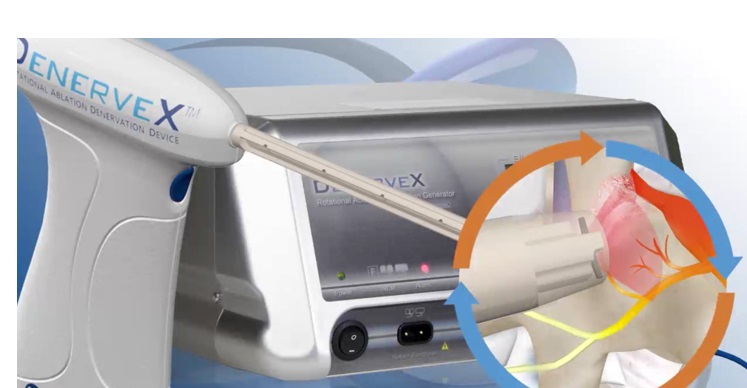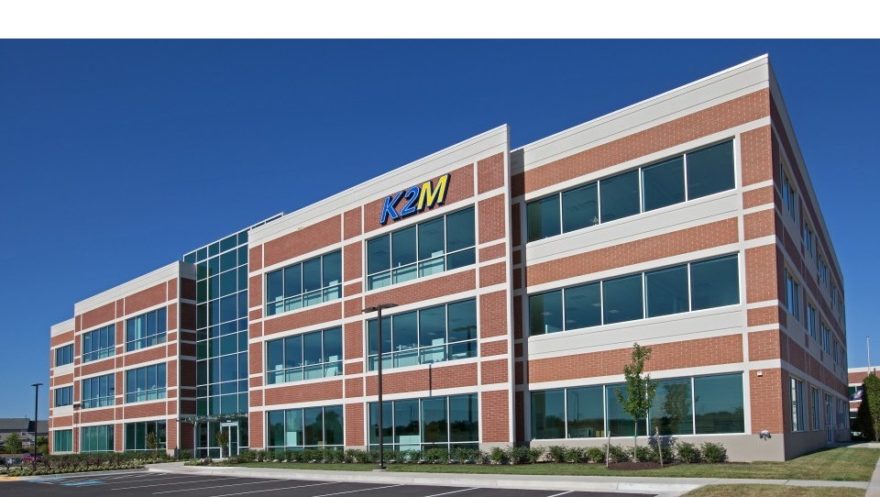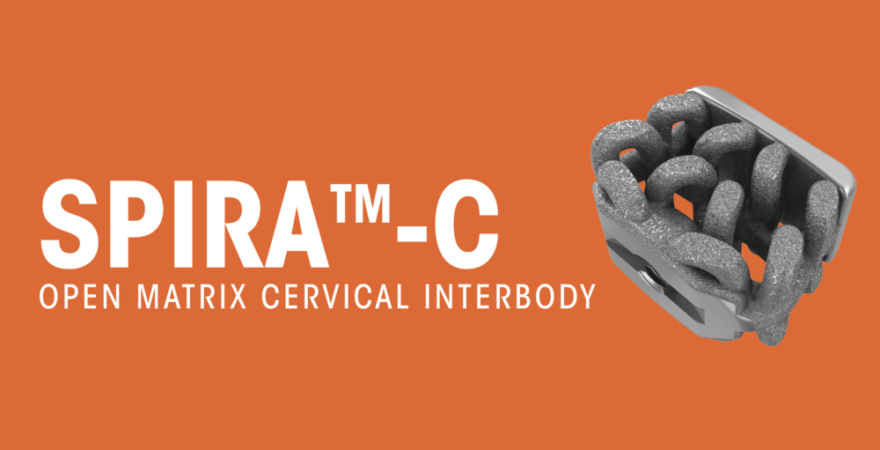 SAN DIEGO, Feb. 20, 2018 /PRNewswire/ — NuVasive, Inc. (NASDAQ: NUVA), the leader in spine technology innovation, focused on transforming spine surgery with minimally disruptive, procedurally integrated solutions, today announced that the Company’s SpineTRACK Registry has received the designation of Qualified Clinical Data Registry (QCDR) by the Centers of Medicare and Medicaid Services (CMS) for the 2018 Merit-based Incentive Payment System (MIPS) reporting year. As a result, SpineTRACK participants can now use the platform to earn Medicare payment incentives.
SAN DIEGO, Feb. 20, 2018 /PRNewswire/ — NuVasive, Inc. (NASDAQ: NUVA), the leader in spine technology innovation, focused on transforming spine surgery with minimally disruptive, procedurally integrated solutions, today announced that the Company’s SpineTRACK Registry has received the designation of Qualified Clinical Data Registry (QCDR) by the Centers of Medicare and Medicaid Services (CMS) for the 2018 Merit-based Incentive Payment System (MIPS) reporting year. As a result, SpineTRACK participants can now use the platform to earn Medicare payment incentives.
The SpineTRACK Registry is a NuVasive-sponsored prospective, multicenter, observational data collection quality improvement tool established in 2011. SpineTRACK serves as a comprehensive and collaborative data collection and quality improvement solution for spine practices, and is designed to allow surgeons to use real-time reports to make better treatment decisions, patients to track their progress to better understand treatment benefits and hospitals to evaluate outcome variations to aid in providing the highest value of care.
MIPS is one of two tracks under the Quality Payment Program, which moves Medicare Part B providers to a performance-based payment system. MIPS streamlines three historical Medicare programs—the Physician Quality Reporting System (PQRS), the Value-based Payment Modifier (VM) Program and the Medicare Electronic Health Record (EHR) Incentive Program (Meaningful Use)—into a single payment program.
Comprising four indicators—1) Quality (50%), 2) Improvement Activities (15%), 3) Advancing Care Information (25%) and 4) Cost (10%)—each category is weighted and factored into a final score which can impact Medicare payments by plus or minus 5% in 2020. As a QCDR, the SpineTRACK Registry is able to support the MIPS Quality reporting requirements on behalf of eligible providers.
“SpineTRACK is a unique differentiator for NuVasive and is the longest-running spine outcomes database sponsored by any spine company,” said Matt Link, executive vice president, strategy, technology and corporate development for NuVasive. “Since 2011, more than 9,500 patients have been enrolled in SpineTRACK and numerous peer-reviewed papers have been published using its data. The QCDR designation helps our customers meet quality reporting criteria to deliver optimal results and earn incentives that can grow their practices. This is truly a value-add that aligns with our focus on systems-based spine solutions.”
About NuVasive
NuVasive, Inc. (NASDAQ: NUVA) is the leader in spine technology innovation, focused on transforming spine surgery and beyond with minimally disruptive, procedurally-integrated solutions designed to deliver reproducible and clinically-proven surgical outcomes. The Company’s portfolio includes access instruments, implantable hardware, biologics, software systems for surgical planning, navigation and imaging solutions, magnetically adjustable implant systems for spine and orthopedics, and intraoperative monitoring service offerings. With $962 million in revenues (2016), NuVasive has an approximate 2,300 person workforce in more than 40 countries serving surgeons, hospitals and patients. For more information, please visit www.nuvasive.com.
Forward-Looking Statements
NuVasive cautions you that statements included in this news release that are not a description of historical facts are forward-looking statements that involve risks, uncertainties, assumptions and other factors which, if they do not materialize or prove correct, could cause NuVasive’s results to differ materially from historical results or those expressed or implied by such forward-looking statements. The potential risks and uncertainties which contribute to the uncertain nature of these statements include, among others, risks associated with acceptance of the Company’s surgical products and procedures by spine surgeons, development and acceptance of new products or product enhancements, clinical and statistical verification of the benefits achieved via the use of NuVasive’s products (including the iGA® platform), the Company’s ability to effectually manage inventory as it continues to release new products, its ability to recruit and retain management and key personnel, and the other risks and uncertainties described in NuVasive’s news releases and periodic filings with the Securities and Exchange Commission. NuVasive’s public filings with the Securities and Exchange Commission are available at www.sec.gov. NuVasive assumes no obligation to update any forward-looking statement to reflect events or circumstances arising after the date on which it was made.
SOURCE NuVasive, Inc.

